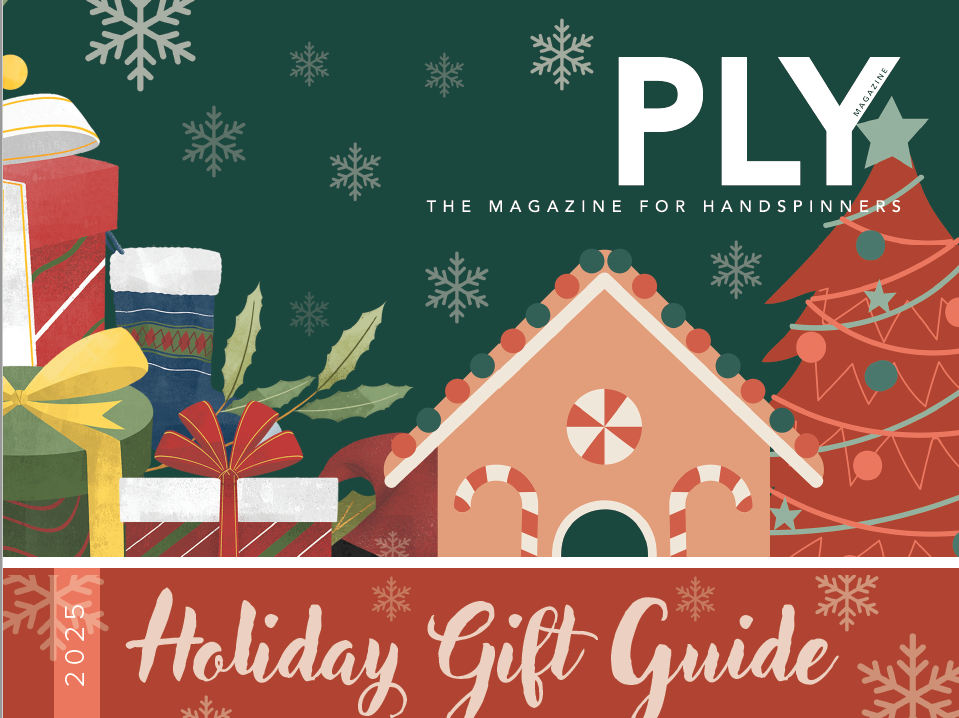Mood Board: Winter 2026 – Short Draw
Mood Board: Winter 2026 – Short Draw Proposals due by: December 1, 2025 Final work due by: May 15, 2026 What do you know about spinning worsted yarns using short draw techniques? We want to hear all about it. Can you explain how each short draw draft works? Can you help spinners work with the […]

